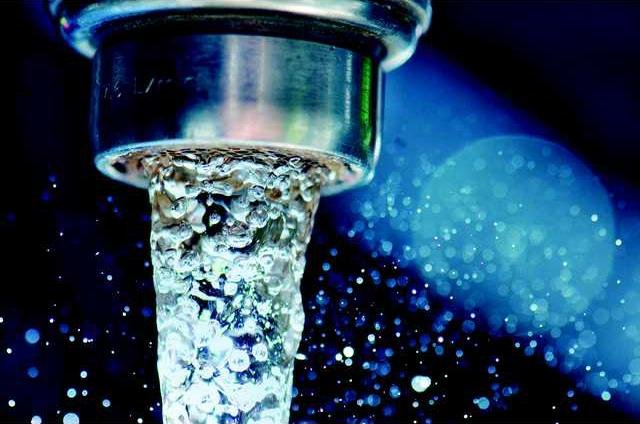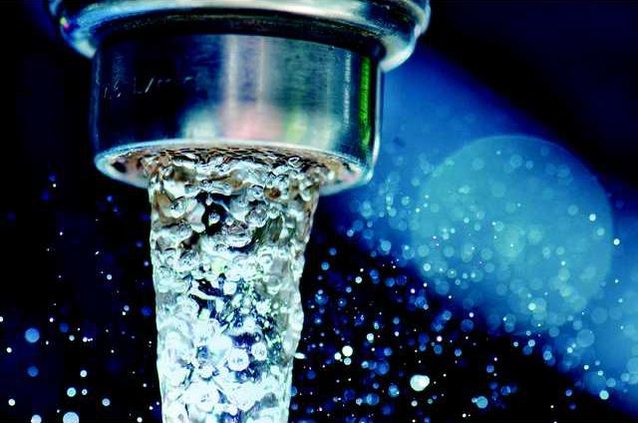The City of Turlock is hoping that cooler temperatures in upcoming months will help residents meet the 32 percent water conservation mandate after State Water Resources Control Board revealed October to be another month of inadequate water conservation efforts.
“October was a very warm month across the region and many water purveyors did not meet their target reductions from the State,” said City of Turlock Regulatory Affairs Manager Garner Reynolds. “Turlock was no different; we attribute the low numbers to that.
“We are not sure how November will shape up, as historically water usage drops off during this time of year. We are hopeful that the one-day per week watering schedule will encourage more conservation,” continued Reynolds.
During this time of year, Reynolds said that the City encourages residents to shut-off their outdoor landscape watering as most plants and trees are dormant this time of year and require little to no water. Additionally, he said the winter rains typically provide enough water to sustain the plants and trees.
Reynolds said that Turlock will continue to issue citations for outdoor water wasting and for watering during prohibited times and days. Residents receiving a penalty fine for water wasting can still elect to take the City’s online water conservation course to waive the penalty.
“Conserving water, not only during the drought but as a way of life, is important now and for our future. Water is our most precious resource,” said Reynolds.
As part of Brown’s executive order for water use reduction in cities and towns across California, the State Water Resources Control Board compares every urban water supplier’s water use with their use for the same month in 2013 to determine if they are on track for meeting their conservation standard. Urban water suppliers are expected to meet, or exceed, their individual conservation standard starting in June and continuing through February 2016.
The City of Turlock was only able reduce water use by 20 percent in October, as compared to October 2013, and overall cumulative savings from June to October put the City at 26 percent compared to the same time period in 2013. Both the monthly percent saved and the cumulative percent saved still fall short of the 32 percent water conservation standard.
Turlock was not the only regional supplier that did not meet its mandate in October. The City of Modesto missed its water reduction goal of 36 percent by a little over 12 percent, and the City of Oakdale missed its water reduction goal of 32 percent by 9 percent.
The City of the Ceres surpassed its water conservation standard of 28 percent by 1 percent in October.
The inability of most local cities to meet their October water savings goal was just part of the bigger picture as California overall failed to meet Brown’s 25 percent for first time since emergency conservation regulations took effect in June.
In October, when outdoor water use—and the opportunity for significant savings—typically drops off from the hot summer months, the statewide conservation ate was 22.2 percent (128,901 acre-feet or 41.9 billion gallons), which was a decrease from 26.4 percent in September. In average statewide water use, October saw a decrease from 97 gallons per person per day in September to 87 gallons per person per day.
For June through October, the cumulative statewide reduction was 27.1 percent, compared to the same months in 2013. This equates to 913,851 acre-feet (297.8 billion gallons), or 76 percent of the 1.2 million acre-feet savings goal to be achieved by the end of February.
“We anticipated a dip in the conservation rate for October, but it is not because people are losing interest—they actually did quite well considering how unusually hot it was in October,” said Felicia Marcus, chair of the State Water Resources Control Board. “It’s harder to keep the percentages up in the fall and winter when little outdoor watering takes place. That’s why the savings over the summer were so important. Now, we need to keep finding ways to save water.
“While El Nino storms may bring significant rain this winter, the depth of our drought and the uncertainty of the amount, type, and location of precipitation means we have to continue conserving every way we can. In other words, unless we get a ton of snow in the Sierras that lasts through April, every drop saved today is one we’ll be glad we have tomorrow,” continued Marcus.
Although October had the lowest level of monthly savings since June, suppliers still saved more than three times the volume of water saved in October 2014. The last five months have also been the hottest on record and October was no exception, with higher average temperatures than October 2013.
Since current drought emergency water conservation regulation expires in February, the Governor issued an additional Executive Order last month giving the SWRCB authority to extend and revise the emergency water conservation regulations.
The board will hold a public workshop on Monday to receive input on the potential extension and modification of the existing Emergency Regulation for Statewide Urban Water Conservation if drought conditions persist into 2016. Following public review and comment, the SWRCB tentatively plans to adopt the updated regulations in January or February.





